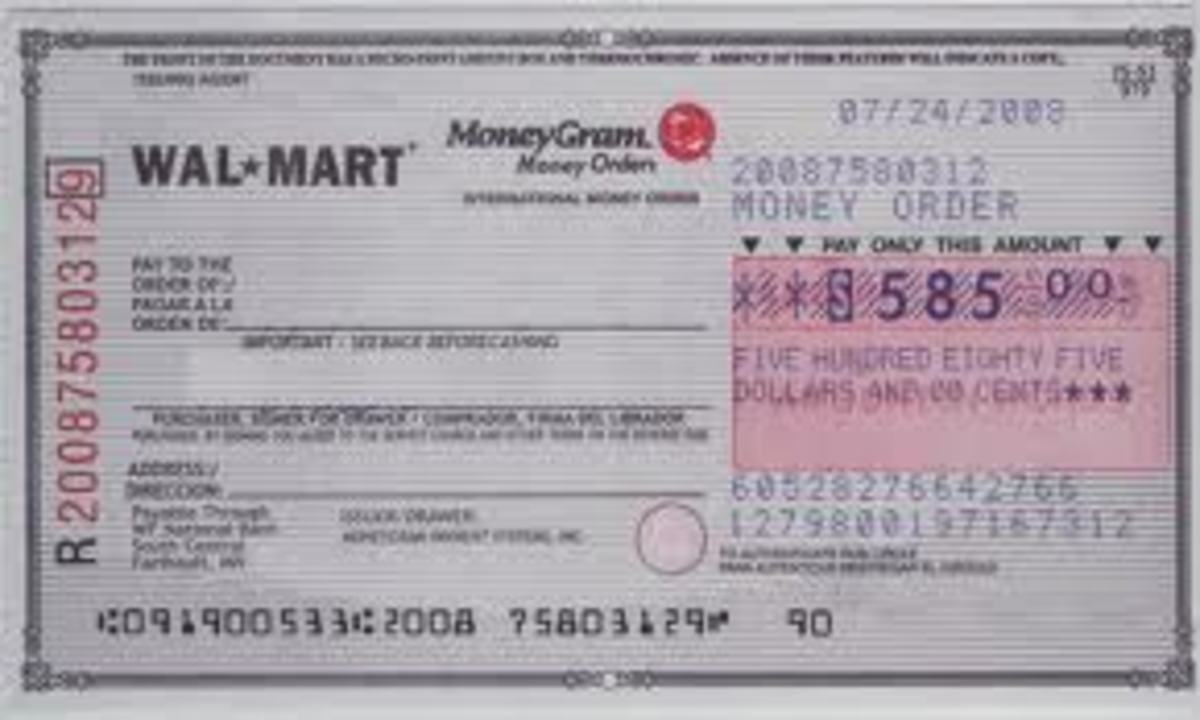Credit Union Day - An October Holiday Celebrating Thrift
Celebrating Thrift
Since 1948, the third Thursday in October has been celebrated by thousands of credit unions around the globe as International Credit Union Day.
Some credit unions in both the United States and abroad celebrate the entire week from Monday through Friday as International Credit Union Week.
Like other holidays such as National Donut Day, Butterfly Day, Pi Day, etc. International Credit Union Day is a holiday created and promoted by private groups rather than being a government recognized or created holiday (although the governors or mayors some states and municipalities do proclaim the holiday each year by issuing official proclamations on behalf of International Credit Union Day).
The force behind International Credit Union Day is the industry's trade association, the Credit Union National Association (CUNA) and its more recent offspring, the World Council of Credit Unions (WOCCU).

What Are Credit Unions and How do they Differ from Banks?
So, what are credit unions and why all the fuss, especially in this era when the world's financial system is still trying to recover from the 2008 crash?
Credit unions are small, local financial institutions that are very much like banks in many ways. However, in addition to their small size and their success in having weathered the financial crisis with little or no damage so far, there are some other differences between credit unions and banks.
The biggest difference between banks and credit unions is ownership.
Banks are for profit corporations which are owned by their shareholders, while credit unions, are non-profit corporations which are owned by their depositors.
Two other differences are, first, the fact that credit union membership is limited to people from a recognized group while bank ownership is open to anyone who is willing and able to purchase their stock.
Second, while the goal of banks is to make a profit for their shareholders, the mission of credit unions focuses more on helping people and/or local communities grow financially.
To do this credit unions require members to deposit money into a share account. Like banks, credit unions offer a range of savings accounts which, because savings accounts at credit unions represent ownership interests in the credit union, are technically referred to as "share" accounts.
Unlike commercial banks which will loan money to anyone who meets their credit standards regardless of whether they are stockholders or not, credit unions restrict their services to members only.
In order to take advantage of a credit union's lending services a person person must first join and, to do this, they have to open and deposit money into a share account.
As a part of this mission of thrift education, credit unions also tend to place a greater emphasis on financial education in their marketing than do banks.
The requirement that owners/members be a part of a target group in order to qualify for membership tends to limit the size of a credit union's market and thus its growth which acts to keep credit unions, on average, smaller and more locally focused than banks.
Originally, credit union membership was strictly limited to members of a narrow group which usually consisted of either workers at a particular company, a local union, a local profession (such as teachers in a school district), etc.
As the economy has grown and changed credit unions have also changed and in recent years laws governing credit unions have changed.
In most U.S. states credit unions can now expand beyond a specific company or other group to include a broader market group which is usually defined as people living in aa certain geographic area or affiliation with some loosely defined group.
19th Century Origins of Credit Unions
To understand why credit unions are different from banks, we have to take a look at history. The roots of credit unions go back to the cooperative movements that began developing in Europe in the middle and late nineteenth century.
As a result of the industrial revolution and urbanization, the world was changing rapidly and laborers and middle class shopkeepers and artisans found themselves struggling to survive both physically and financially in this new environment.
To improve their lot, these people began banding together to form cooperative associations whereby they pooled their limited funds to purchase needed goods in bulk thereby obtaining the goods at a lower price than if they had purchased them individually.
The savings were then passed on to the members of the cooperative in the form of goods at a lower price.
In addition to saving money on goods needed to feed and clothe their families or, in the case of farmers, tradesmen and artisans, purchase goods for their businesses, these people also needed to save and accumulate money for security and future needs.
This gave rise to financial cooperatives or, as they came to be known, credit unions.
The concept behind credit unions was simple. People would join the credit union and begin saving. Loans would be made to members who needed operating capital for their businesses or for household needs.
While the focus of credit unions was on the lower middle and working class section of the population, their goal was not charity but, rather, a mechanism to provide a means by which these people could improve their lot in life and build security for themselves and their families.
Encouraging thrift and sound savings habits remain a major focus of credit unions today.
Cooperatives & Stock Companies have Much in Common
While the cooperative model is one that was adopted by and helped many in the lower income strata of society, the concept of people working together to build wealth is not unique to this group and the cooperative model is not the only vehicle that uses this concept.
The joint stock company or what we now call the for profit corporate model used by the investor/capitalist portion of society is really very similar to the cooperative model.
In this case the goal is to bring together enough capital from a large group in order to create a large enterprise capable of generating profits for the investors.
In the case of the cooperative model, individuals band together to pool funds to save on bulk purchases or accumulate capital for individual needs.
A cooperative is owned by and run by the members with each having a single vote in determining the management of the company.
In the case of the for profit corporate stock model, individuals contribute money to purchase shares which entitle them to a proportionate share of any profits generated by the venture. Instead of equal voting by individual members, each member is given one vote for each share purchased.
Links to Other Hubs on Money & Finance
- Amortized Loan - Definition and Example
An amortized loan is one which has regular periodic payments usually monthly but can be weekly, bi-weekly, quarterly, etc. which include amounts for both principal and interest (it may also include... - Simple Ways to Painlessly Reduce Debt and Increase Savings
Taking small but consistent steps to cut expenses and increase savings are more effective than waiting for a big raise or other financial windfall. Better money management requires a change in habit - Escrow Definition and Description
Escrow is a legal arrangement whereby a neutral third party, called the escrow agent, holds an asset during the period in which the deal is being finalized by the other two parties. In the United States escrow... - Saving Money by Refinancing Your Mortgage
The term mortgage refinance simply means applying for and obtaining a new mortgage loan, not to purchase a home but rather to pay off the present mortgage loan on one's existing property. Why would someone... - Health Savings Accounts - A Solution to the Health Care Crisis
Health Savings Accounts (HSAs) are special savings accounts, usually in banks or credit unions, that are created in combination with a high deductible health insurance plan. Like traditional IRA (Individual... - Including Health in Retirement Planning
While practicing healthy habits throughout life is important, some financial planners are now suggesting that health be a consideration in retirement planning as well. Generally we tend to look to financial...
© 2008 Chuck Nugent










